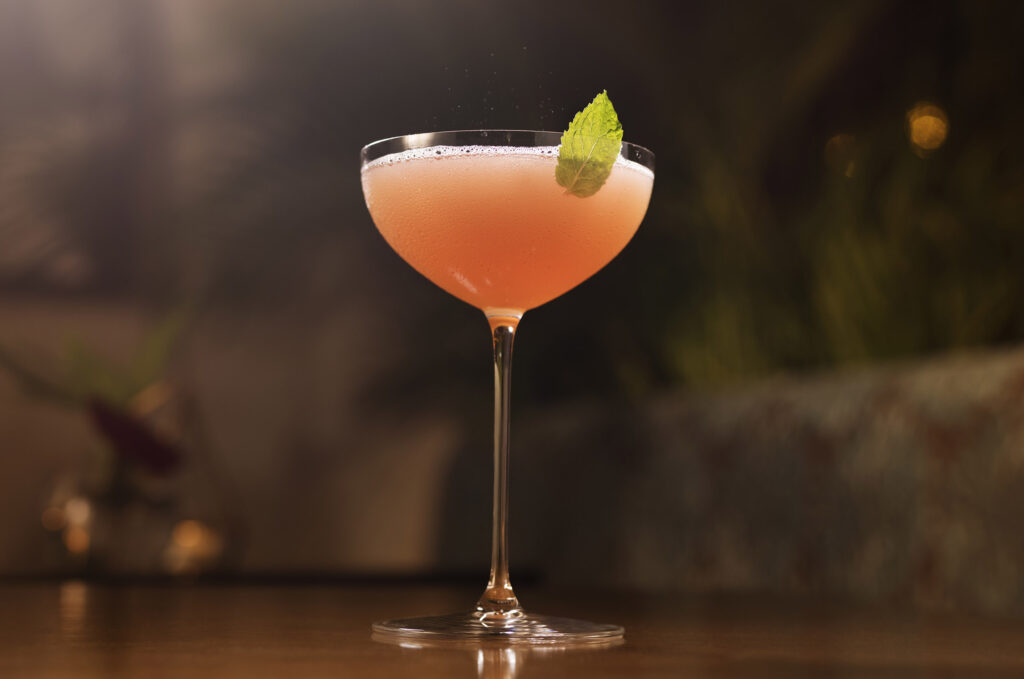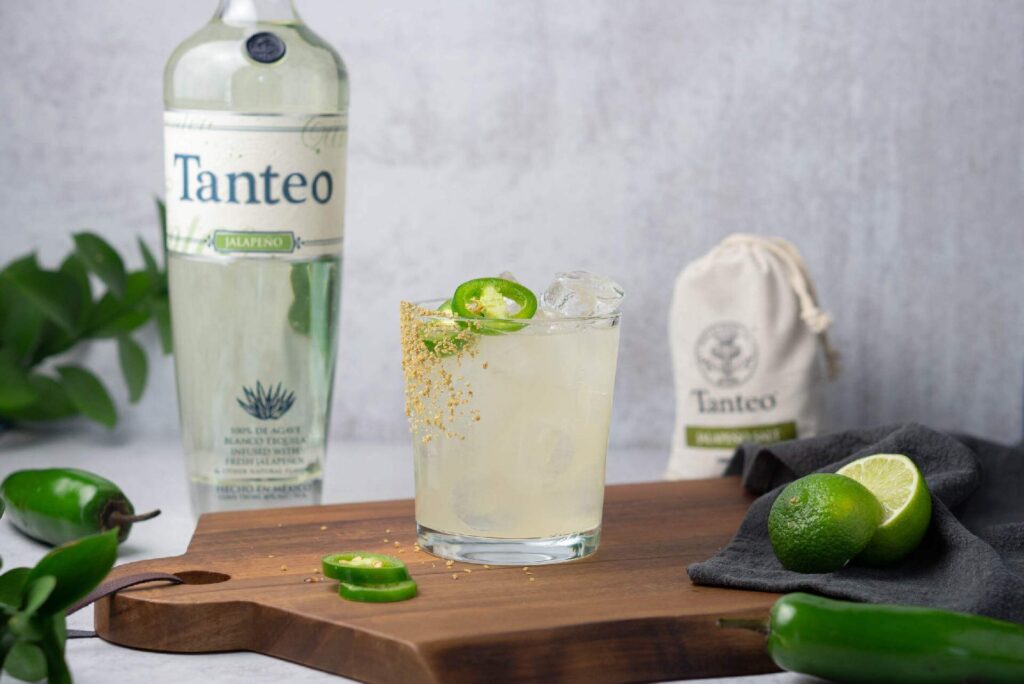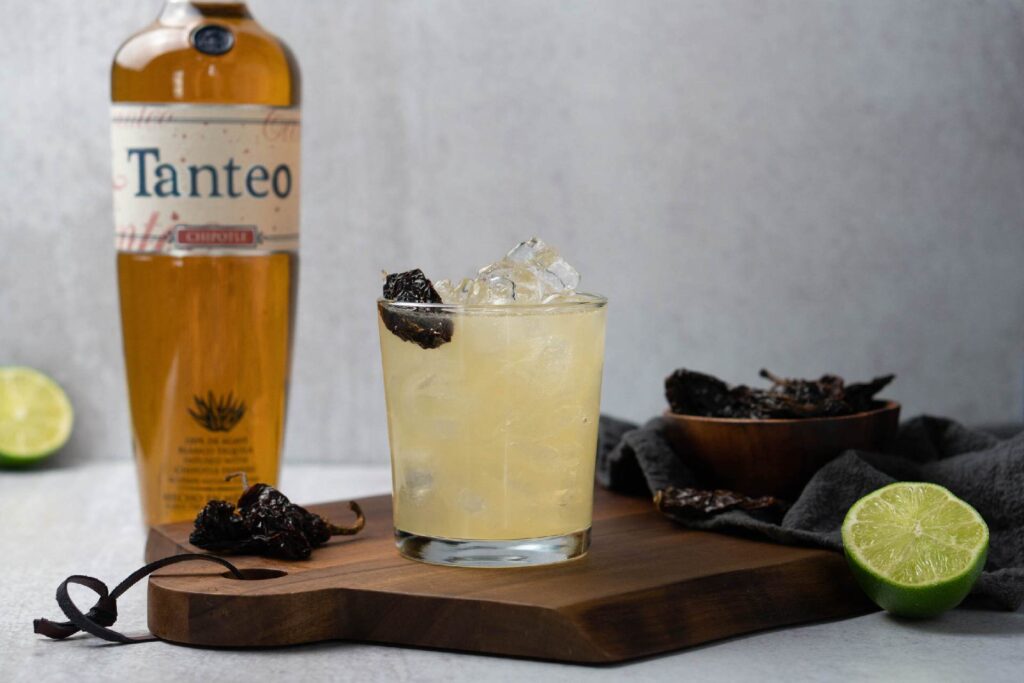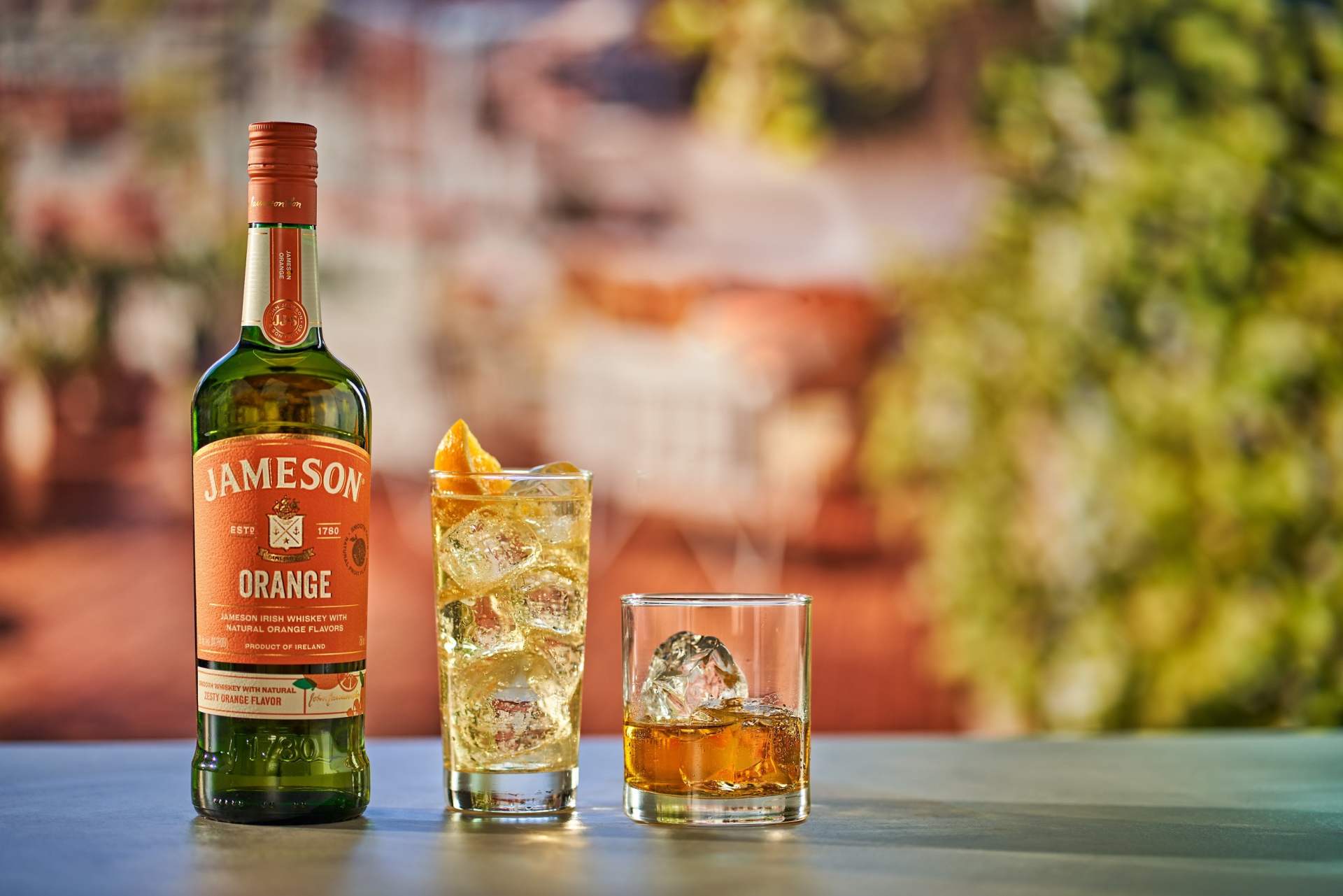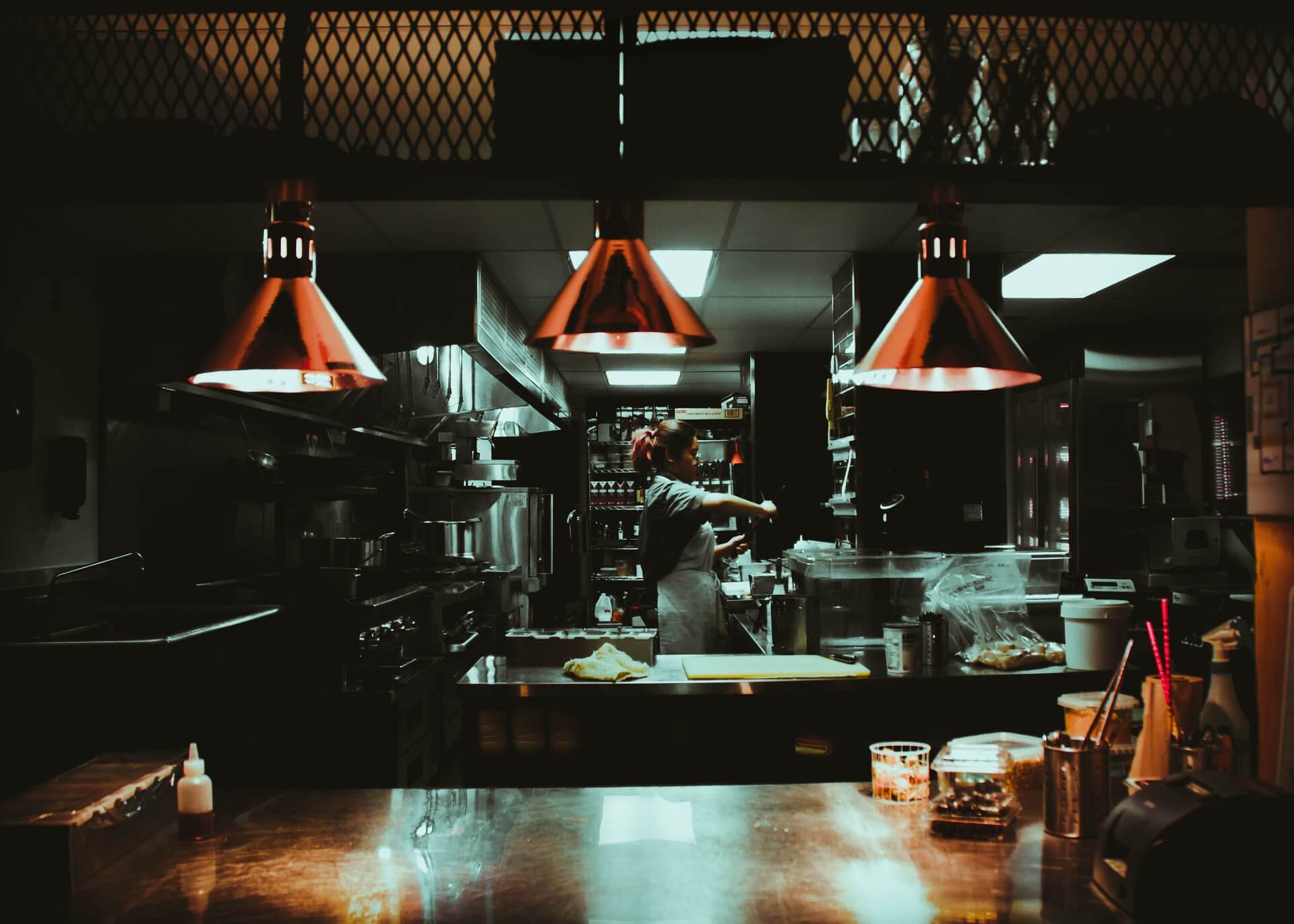Stand Out with Weird Holidays: February ’22
by David Klemt

Want to stand out from from other restaurants and bars in your area? Then commit to keeping it weird.
Several “holidays” are set against every date on the calendar, and February is no exception. These holidays range from mainstream to food-centric to weird.
Pay attention to the latter to raise eyebrows, carve out a niche for your restaurant or bar, and attract more guests. Why do what everyone else is already doing?
Of course, you shouldn’t try to celebrate every holiday, weird or otherwise. And this month’s list in no way includes every odd holiday.
Focus on the days that are authentic to your brand; resonate with your guests; and help you grab attention on social media.
For last month’s list, click here.
February 1: Work Naked Day
Actually, ignore this holiday. But wow, February is coming out swinging.
February 2: Play Your Ukulele Day
Does anyone on your staff play the ukulele? What about your guests? If you think you can handle it, encourage them to bring their ukuleles and throw down at your restaurant or bar. Live entertainment has never sounded so tropical.
February 7: E-Day
This holiday, contrary to what you may be thinking, isn’t about celebrating electronics, email, or vaping. Rather, E-Day is dedicated to honoring the mathematical constant e. Your Pi Day fans will likely appreciate you celebrating E-Day, which you can do by offering F&B items that begin with the letter “E.”
February 8: Laughy and Get Rich Day
If only it were that easy, eh? This holiday is all about having fun, having some laughs, and appreciating simple pleasures. If any holiday is about the pursuit of happiness and enriching our lives with fun and laughter, this is it.
February 15: National Gumdrop Day
With all the candies out there, do people still know about gumdrops? They can be traced back to the 17th century and were first written about in the 1850s. Talk about a throwback! If you can get your hands on some, they make great garnishes for the right cocktails.
February 18: National Crab Stuffed Flounder Day
Do you have flounder? Do you have crab? And do you have a kitchen staff that can stuff the latter into the former? Then you have everything you need to celebrate but this simple, seafood-focused holiday.
February 22: National Cook a Sweet Potato Day
Of course, if you’re operating a restaurant—or a bar with a kitchen—you can cook more than one sweet potato. Rich in nutrition and flavor, sweet potatoes can be the star or an incredible co-star in a wide range of dishes. Come up with a sweet potato-focused holiday menu and promote it on social media.
February 24: National Toast Day
This holiday is great for featuring breakfast all day, breakfast for dinner, toasted sandwiches… You can also plan and execute an event during which you host a group toast with a specific drink. Cheers!
February 26: National No Brainer Day
Knowing your guests and community will really help you celebrate this holiday. If there’s a food or beverage item or a local custom or event you know your guests love, this is the day to create a promotion around it.
February 28: National Floral Design Day
It’s interesting that this holiday takes place two weeks after Valentine’s Day, a holiday that has traditionally involved giving or receiving flowers. Intended to celebrate the art of floral design, you can celebrate this holiday with edible flower garnishes. Such garnishes just happen to photograph very well for social media, so your guests can help promote your venue.
Image: Dan Parlante on Unsplash



